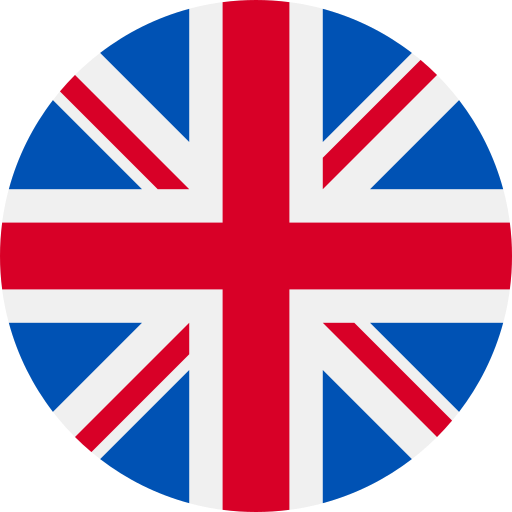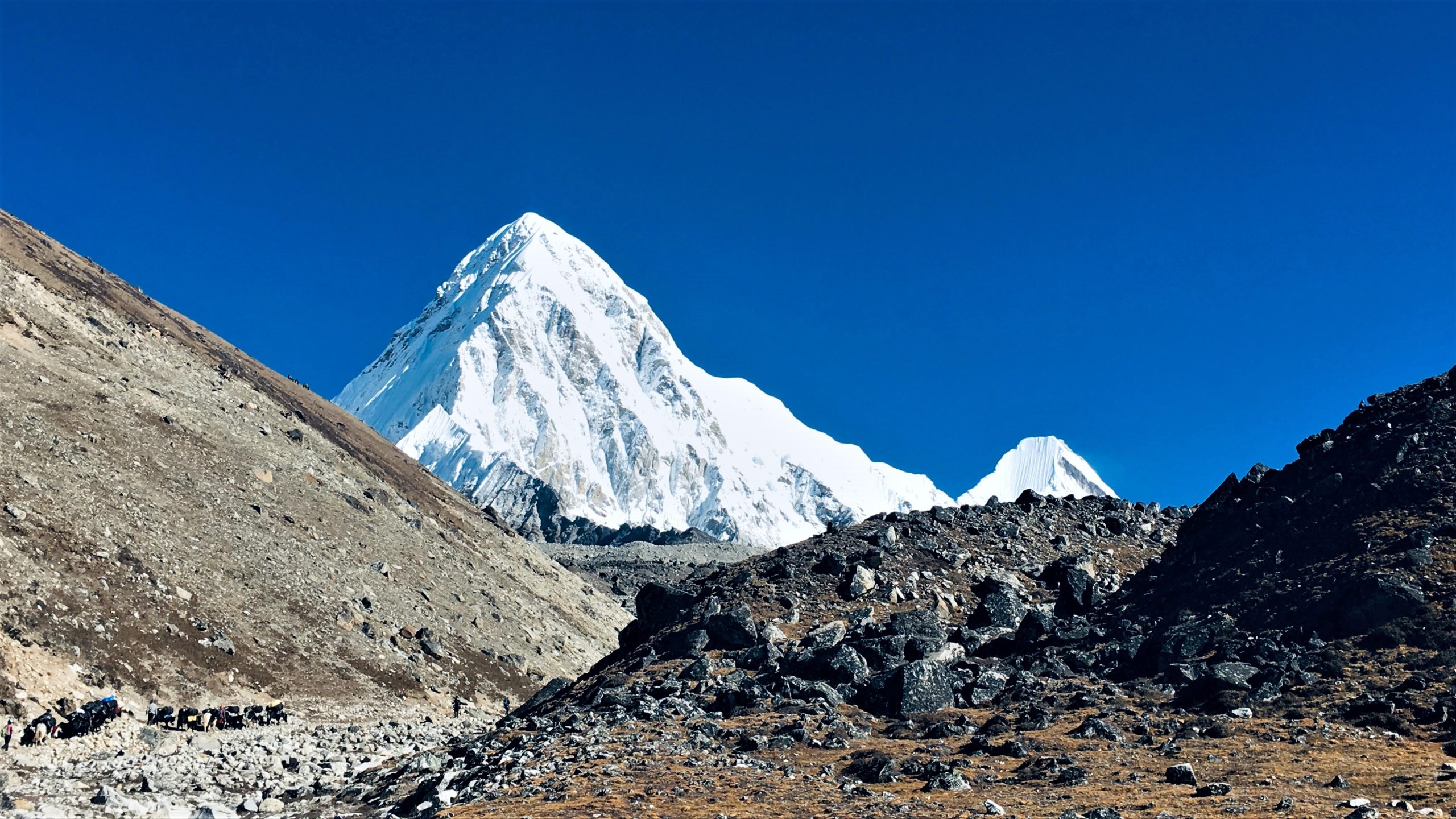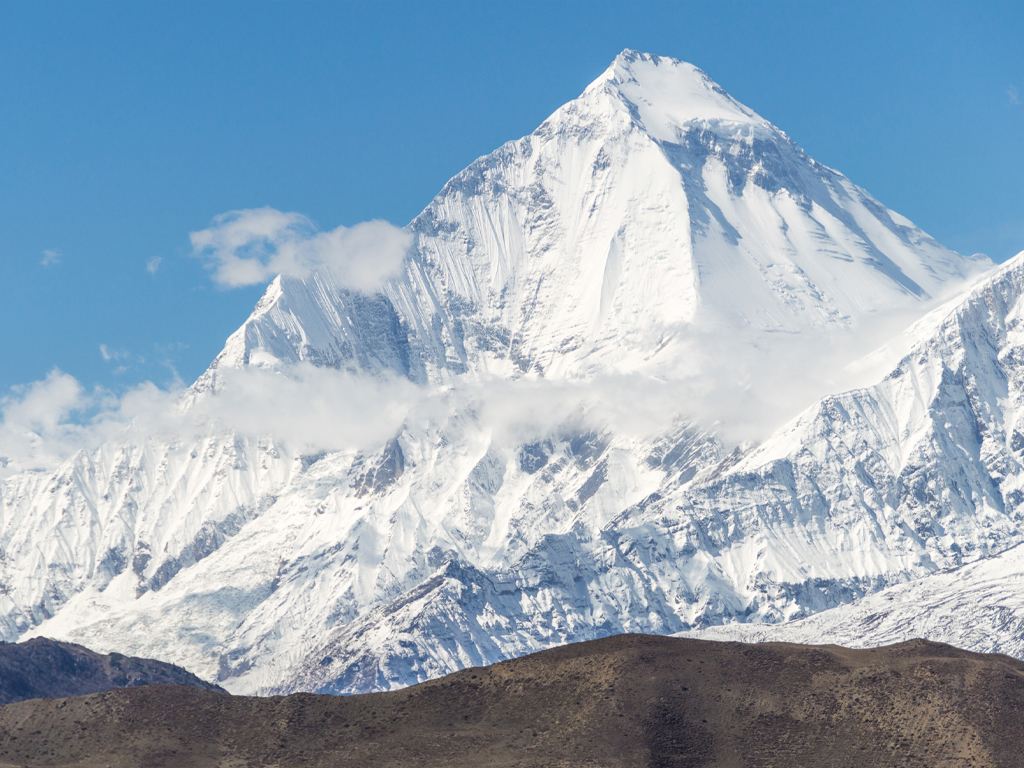Trek & Tour
The Kanchenjunga, the world’s third highest mountain, lies on Nepal’s eastern border with Sikkim. Kanchenjunga North and South Base Camp Trek is a challenging trails amid the mesmerizing vistas of Kanchenjunga. We get to see a fascinating wilderness.. This wonderful trek begins and ends at the small airstrip at Sukhetar (Taplejung), which lies in the remote north east corner of Nepal. It takes you through fascinating villages and pristine forests to the awe-inspiring South Face Base Camp at Ramche, before crossing the Mirgin La to the north side of Kanchenjunga and the Pang Pema base camp. As trekkers skirt through this amazing adventurous and exploratory trail, they attain a glorious and unforgettable experience that was so much worth the trip.
Kanchanjangha Base Camp is located in the Taplejung district of Nepal. The base camp offers breathtaking views of snow-capped peaks, lush green valleys, and diverse flora and fauna. It is a natural paradise for nature lovers. When it comes to lodging and food on the Kanchenjunga Trek, trekkers have a variety of options to choose from. Along the trail, there are teahouses and guesthouses that offer basic accommodation and meals for trekkers. These establishments provide a comfortable place to rest and replenish energy after a long day of trekking. No doubt, this root rewards you with the stunning landscapes of the Kanchenjunga region. Additionally, some teahouses also offer traditional Nepali cuisine along the trek.
Book your Kanchenjunga Base Camp Trek with us! Shangri-La Voyages Team
Related
Outline Itinerary
-
Day 01Arrival in Kathmandu.
-
Day 02Sightseeing of Kathmandu Valley.
-
Day 03Fly to Biratnagar.
-
Day 04Fly to Suketar and trek to Lali Kharka (2220m).
-
Day 05Trek to Keswa (2100m).
-
Day 06Trek to Mamanke (2000m).
-
Day 07Trek to Yamphudin (1650m).
-
Day 08Trek to Lamite jungle camp (2920m).
-
Day 09Trek to Torontan (3080m).
-
Day 10Trek to Tseram (3750m).
-
Day 11Trek to Ramche (4360m).
-
Day 12Ramche – Exploration.
-
Day 13Trekking beyond the Mirgin-La (4663m).
-
Day 14Trek to Gunsa (3475m).
-
Day 15Trek to Khambachen (4040m).
-
Day 16Trek to Lhonak (4790m).
-
Day 17Trek to Pang Pema (5140m).
-
Day 18Pang Pema rest day.
-
Day 19-20Retreat trek to Gunsa (3430m).
-
Day 21Trek to Kyapra (2300m).
-
Day 22Trek to Sakathum (1600m).
-
Day 23Trek to Chirwa (1180m).
-
Day 24Trek to Phurumba.
-
Day 25Trek to Taplejung-Suketar (2300m).
-
Day 26Flight to Kathmandu via Biratnagar.
-
Day 27Depart Kathmandu
Includes & Excludes
- Meet, assisted upon arrival at Kathmandu by our office representative.
- All arrival / Departure transfers as per the itinerary by air-conditioned vehicle.
- 03 Nights twin/double room accommodation with breakfast at 3 star hotel in Kathmandu.
- 01 Night twin/double room accommodation on full board basis at 3 star hotel in Biratnagar.
- Kathmandu city tour as per the above itinerary with our local English speaking guide including monumental entrance fees.
- Meals (breakfast, lunch and dinner) with Tea and coffee and hot water during the trek including guide and necessary support staffs with their insurance and salaries.
- Lodge to lodge or camp to camp accommodation during the trek.
- Airfare for the sector Kathmandu / Biratnagar / Suketar & Suketar / Biratnagar / Kathmandu with domestic airport tax and necessary airport transfers.
- Kanchenjunga special permit fee, Conservation Area Permit and Trekkers’ Information Management System fee.
- First Aid Medical Kit box.
- Applicable hotel taxes presently 24.3%
- Any meals in Kathmandu other than breakfast.
- Travel insurance.
- International air fare to and from Nepal.
- Nepal Tourist Visa fees.
- Items and expenses of personal nature.
- Any kind of alcoholic drinks, cold drinks, snacks, laundry, phone call, internet.
- Personal Trekking Equipments.
- Emergency Evacuation (Helicopter Rescue).
- Any costs which arise due to a change of the itinerary, landslides, domestic flight delays due to weather, political disturbance and strikes etc.
- Any other costs whatsoever, that is not mentioned in the cost inclusion.
- Horse renting and additional porters during the trek.
- Tipping amount.
Equipments
Recommended trekking equipment and clothing.
The clothes you bring should be able to protect you from both the heat of the days and the cold of the nights. During daytime trekking at lower altitudes, lightweight trekking pants and shirts are recommended. It is always a good idea to bring a waterproof jacket and some warmer clothes, as the mountain weather is very unpredictable. For cold nights, thermal clothing, a warm fleece jacket and even a down jacket will help keep you warm.
warm hat/balaclava
Beautiful at night, essential hats for cold trekking days.
Neck gaiter
For winter trekking they really are the best for keeping warm!
Sun hat
A baseball cap is ideal. Bring plenty if you like to change colors every day or not. A wide-brimmed sun hat is also good.
Sunglasses
Suitable for snow, it’s a lot of light up there, but you don’t need special glacier goggles with side pieces. Contact lens wearers report very few problems except cleaning them in the conditions. Ski goggles are unnecessary.
Sunscreen and lip balm with sunscreen
The sun is strong at altitude, especially after the snow. Bring sunscreen with at least SPF 30 PA+ and lip balm with SPF 15 or higher
Moisturizing
A small tube for sensitive or well-cared skin. The air is dry and the sun is strong.
Fleece jacket/vest
Most hikers consider this essential, but alternatives are a thick thermal shirt or light jacket. In Kathmandu you can get almost any type of fleece you need.
Down jacket
Almost essential for cold afternoons. A down jacket is the best option.
Thermal shirts/underwear
Good thermals, both at the top and at the bottom, are one of the secrets for the comfort of trekking in cold climates. Expedition weight thermals are the most versatile and can be worn as a high altitude trekking top or under pants on extremely cold days. Zip-up tops are great for changeable weather.
Sleeping bag
Silk weight is the lightest and warmest, mid weight is perfect. Ideal for nights in the sleeping bag!
Shirt of the day
T-shirts are popular, but a cotton shirt or blended-thread travel shirt is more versatile. The collar protects the neck and the sleeves can be rolled up or down. Take two or three so you can swap wet for dry.
Fleece/sweatpants
Great for chilly evenings, thicker is better and readily available in Kathmandu.
Trekking pants
You will live in these. Light, loose, dark-colored material is best. You can get by with just one pair, although two are better.
Wind pants
If your trekking pants are reasonably windproof, then special windproof pants are not needed. If you bring a pair, it is not necessary to have Gore-tex. Similarly, non-waterproof is quite fine.
Boots
For a happy walk you need comfortable feet. Good boots have: good ankle support, plenty of toe room for long descents, a stiff sole to decrease twisting, and are lightweight because you lift the boot with each step. Look at the inner lining: leather is good, and Cambrelle is even better, a material that eats up stinky bacteria on your feet. Good light trekking boots or all light leather boots are perfect. Boots should be worn lightly before the hike and this should include some steep hills to show any trouble spots before the hike. The longer the hike, the better boots you will need. If you are not a climber, consider carefully if you need them or not, since you will only use them for trekking. Do not bring sandals or leather boots for trekking.
Socks
On the field, your feet will be warm or even hot while you walk, so high-quality cotton-blend athletic socks are best. Three or four pairs are enough. Thick trekking socks are best for higher altitudes and cool nights. Most modern hiking boots fit large feet perfectly, but wearing many pairs of socks at the same time is impractical.
Duffel bag
All trekking equipment carried by porters or horses must be packed in a sturdy backpack. The best thing is a simple design, without wheels and without folding handles.
Backpack
This should be comfortable and most importantly a good waist band that transfers some of the weight to the hips. It should be big enough to meet your basic needs, such as a jacket, fleece blanket, water, camera, etc.
Trekking sticks
Definitely useful, especially in steep and rugged terrain, but if you’re not used to using them, you can get by without them.
Gloves
A good pair of warm, windproof gloves is essential. Available in Kathmandu at a low price if you don’t have a pair.
Water bottle
It must be leak-proof, hold a liter or more, and be able to drink boiling water. The best are Camelback, Nalgene or a similar brand, or European fuel bottles. You need at least 1 bottle of water in addition to a hydration system. Bottled water is also available in Kathmandu.
First aid box
Please note that our guide will also carry a basic first aid kit during the trek. However, we still recommend that you bring your personal first aid kit along with any personal medications you may be using.
Snacks and nutrition
You will want healthy snacks and vitamin tablets. Chocolate bars, dried fruit bars and dried fruits are readily available at the major department stores in Kathmandu. Whole foods are nutritious and provide energy.
This list is only a guide. Use your experience and the features listed to find the best equipment for you.
Please note:
Tight, figure-hugging clothing, such as those made with Lycra, can often be offensive to locals, especially women. If you find these items comfortable as a base layer, pack something to wear on top of them.
Trip Notes
For booking please e-mail us [email protected] or complete the booking form at the bottom.













